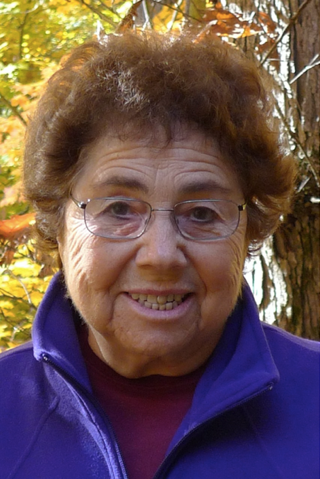
FOREWORD
Why a Digital Edited Collection (DEC)
HOW WE TEACH WRITING TUTORS
Muriel Harris
WLN, Editor-in-Chief

This section of the WLN website begins with the first Digital Edited Collection (DEC), edited by and Karen Gabrielle Johnson and Ted Roggenbuck—the first, that is, of what we hope will blossom into a series of DECs. To explain why we also have this form of publication, I need to stop a moment and marvel at how WLN has progressed from its very informal, humble beginnings to its present array of platforms. As a result of the efforts and skills of many people, each new project expands and continues WLN's mission of sharing information, ideas, and experience among writing center professionals and tutors—a mission that had a very informal beginning at a CCCC conference in 1977. At that time there were no books, journals, or conferences that focused on writing centers, so when a few of us proposed a panel on writing centers, the conference organizers gave us a small room to meet in.
Those of us on the panel knew each other, but not whether there were more than a handful of others working in or starting writing centers. We wondered if anyone would show up to join us at our session. But as people continued to pour into the room, fill the chairs, lean along the walls, and stand outside the door, we all enthusiastically welcomed each other as colleagues. As our session ended and people started coming in for the next session, I passed around a sheet of paper, asking that anyone who wanted to stay in touch with others who had shown up to sign the sheet with their mailing addresses (as I said, this was 1977). Thus the Writing Lab Newsletter (WLN) was born. Initially, it was just a few sheets of names and addresses that I mailed out to all the people on the list, plus resources that people wanted to share with each other.
 |
| Figure 1. Original issue of The Writing Lab Newsletter. |
As more names were added, people began sending in longer responses about their work, and soon, responses expanded into articles, and articles began being reviewed. WLN was becoming a print journal, still intent on being a vehicle for people in writing centers to connect and to share information, ideas, and scholarship. When the Internet arrived on the scene, we had a web page of sorts, but when my university withdrew its support of WLN, Richard Hay, of 26 Design LLC (the company that continues to manage WLN), stepped in and with great—and much appreciated—generosity offered to handle WLN's subscriptions, website, printing, and mailing at no cost for their work (subscriptions just about pay for printing and mailing). Hay and his staff developed a professional website for WLN that became another way for all past published issues in WLN to be available in an open-access archive with a search engine. With the advent of social media, Alan Benson, a member of our editorial staff, developed our Twitter feed, Facebook page, and blog, which are available to share announcements, resources, ideas, and useful news. In the hope of connecting with writing centers around the globe, our first blog editor, Josh Ambrose, expanded the reach of the blog, and now Brian Hotson, our current blog editor, invites and develops blog posts from writing center workers around the world. Another addition that expands the resources available on our website is a series of webinars designed to help authors writing for publication in WLN. The webinars are developed by Elizabeth Kleinfeld, Sohui Lee, and Julie Prebel.
 |
| Figure 2. First issue of WLN: A Journal of Writing Center Scholarship. |
Yet another step in our growth was to recognize that WLN had long since outgrown its origin as a newsletter and had become a journal. Thus, The Writing Lab Newsletter became WLN: A Journal of Writing Center Scholarship. (In a bow to our origins—and a whiff of nostalgia—we kept WLN as part of the new name and new format.) As writing center scholarship expanded into multiple areas and concerns, we began to invite guest editors to develop special issues, each of which would focus on a single topic.
When Karen Johnson and Ted Roggenbuck finished guest-editing their first issue on tutor education, they still had so many publishable submissions that they thought about how to gather a larger collection of longer articles. As Johnson envisioned yet another format in which to share writing center scholarship, she and Roggenbuck decided on moving to an online format "to provide a richer learning experience, to provide more resources and sharing of ideas and materials, and to create a closer connection with the author. Through the visuals and sharing of resources, readers can better understand the scholar, their methodology, and their personality." And so we have the first of what we hope will be a collection of DECs. We continue to encourage writing center professionals to contact us about guest editing a WLN issue on a special topic they are immersed in and/or to produce a DEC. But who knows when and how technological advances will lead us to an even richer format for sharing writing center knowledge with each other.